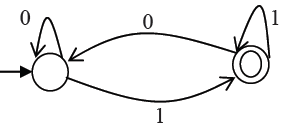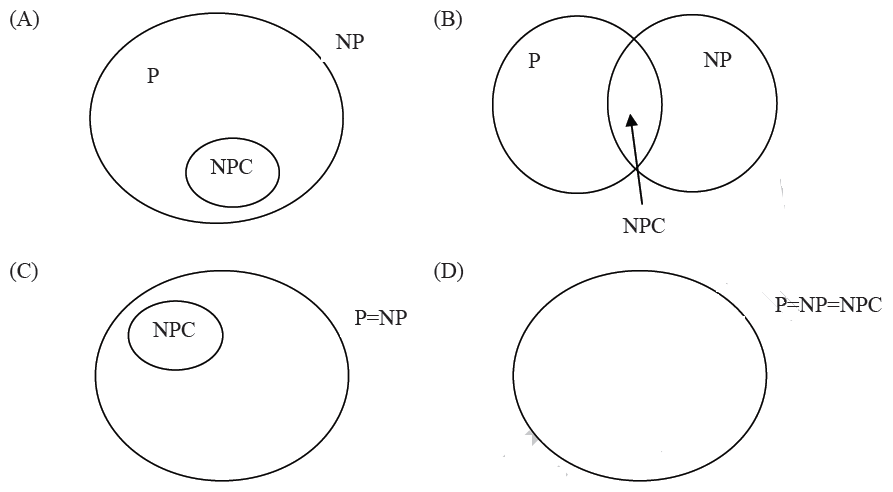GATE-CS-2014-(Set-1)
Question 41
A canonical set of items is given below
S --> L. > R Q --> R.On input symbol < the set has
Question 42
Let L be a language and L\' be its complement. Which one of the following is NOT a viable possibility?
Question 43
Question 44
There are 5 bags labeled 1 to 5. All the coins in a given bag have the same weight. Some bags have coins of weight 10 gm, others have coins of weight 11 gm. I pick 1, 2, 4, 8, 16 coins respectively from bags 1 to 5. Their total weight comes out to 323 gm. Then the product of the labels of the bags having 11 gm coins is ___.
Question 45
Question 46
The minimum number of comparisons required to find the minimum and the maximum of 100 numbers is ______________.
Question 47
Consider the following C function in which size is the number of elements in the array E:
The value returned by the function MyX is the
C
int MyX(int *E, unsigned int size)
{
int Y = 0;
int Z;
int i, j, k;
for(i = 0; i < size; i++)
Y = Y + E[i];
for(i = 0; i < size; i++)
for(j = i; j < size; j++)
{
Z = 0;
for(k = i; k <= j; k++)
Z = Z + E[k];
if (Z > Y)
Y = Z;
}
return Y;
}
Question 48
Consider the following pseudo code. What is the total number of multiplications to be performed?
D = 2
for i = 1 to n do
for j = i to n do
for k = j + 1 to n do
D = D * 3
Question 49
Consider a hash table with 9 slots. The hash function is ℎ(k) = k mod 9. The collisions are resolved by chaining. The following 9 keys are inserted in the order: 5, 28, 19, 15, 20, 33, 12, 17, 10. The maximum, minimum, and average chain lengths in the hash table, respectively, are
Question 50
Consider a 6-stage instruction pipeline, where all stages are perfectly balanced. Assume that there is no cycle-time overhead of pipelining. When an application is executing on this 6-stage pipeline, the speedup achieved with respect to non-pipelined execution if 25% of the instructions incur 2 pipeline stall cycles is
There are 65 questions to complete.
Last Updated :
Take a part in the ongoing discussion

